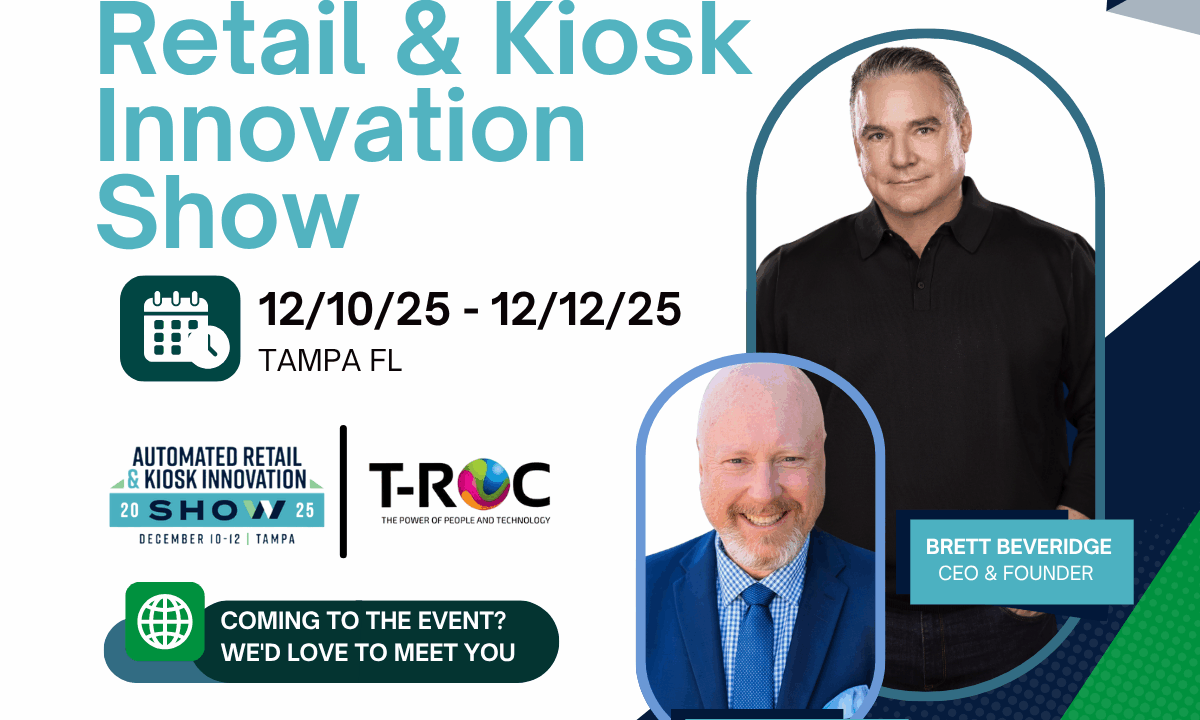
Beyond the Planogram: How Strategic Retail Merchandising Services Drive Real Revenue
For decades, retail merchandising was a simple instruction: “Follow the planogram.” Brands created a static map, and stores were expected to execute it. But in today’s hyper-competitive market, that’s not enough. Your product might be “on the planogram” but hidden on aisle 23, priced incorrectly, or, worst of all, out of stock.
Traditional merchandising is passive. Strategic merchandising is an active, real-time revenue driver.
Effective retail merchandising services go beyond the static PDF. They deploy expert teams armed with real-time data to ensure your brand promise is being delivered perfectly, every single time a customer walks into the store. This dynamic approach is the difference between simply being stocked and being sold.
The Disconnect: Why Traditional Merchandising Fails
The planogram is a map, but it can’t tell you what’s happening on the ground. The most common failures of a “set it and forget it” strategy create a massive gap between your brand’s vision and the customer’s reality.
- Poor Brand Compliance: Are your displays positioned correctly? Are the latest promotional materials and pricing active? Without real-time verification, brand standards erode, leading to a diluted and inconsistent customer experience.
- Failed Customer Experience: A great product in a bad environment doesn’t sell. Cluttered aisles, confusing layouts, and empty shelves frustrate shoppers. A strong merchandising strategy considers the complete in-store customer experience, using the principles of visual merchandising to guide them intuitively from browsing to purchase.
- Invisible Products: Being “in the store” isn’t the same as being “on the shelf.” Products get moved, displays are blocked, or items are left in the backroom. If a customer can’t find it in seconds, you’ve lost the sale.
The High Cost of an Empty Shelf
The single biggest failure of passive merchandising is the out-of-stock (OOS) event. It’s not just one lost sale; it’s a cascade of negative impacts.
When a customer finds an empty shelf where your product should be, 40% will go to a different store to buy it, and 45% will purchase a similar product from a competitor. This isn’t just a temporary loss. Lost sales from stockouts cost retailers billions annually and train your customers to trust your competitors.
In an era where customers expect a seamless omnichannel experience, an in-store OOS is the ultimate broken promise. It signals poor inventory management and a lack of reliability, severing brand loyalty.
The Solution: Merchandising as a Real-Time, Data-Driven Service
This is where strategic retail merchandising services fundamentally change the game. Instead of relying on hope, they use a combination of expert people and powerful technology to manage the retail environment dynamically.
This approach transforms merchandising from a cost center into a direct revenue-optimization engine.
1. Real-Time Visibility and Data Capture
You can’t fix what you can’t see. Modern merchandising partners provide field teams equipped with proprietary data capture solutions, often on tablets or mobile devices.
These teams don’t just “check” a store; they audit it.
- Photo Verification: Get real-time photos of your displays as they appear to customers.
- Smart Forms: Ensure compliance with customized digital checklists for pricing, placement, and promotions.
- GPS Tracking: Schedule and verify store visits to guarantee that data and photos are captured on the proper dates and at the right locations.
This level of In-store analytics—a market projected to reach $16.51 billion by 2030—allows you to instantly identify non-compliance and take immediate corrective action.
2. Ensuring Flawless On-Shelf Availability
The data captured by field teams does more than just ensure planogram compliance. It provides critical intelligence to prevent stockouts before they happen.
Advanced services integrate this field data with other technologies, like RFID in inventory management, to achieve near-100% inventory accuracy. This integration means products move seamlessly from the backroom to the shelf, ensuring you are always available at the moment of decision.
3. Expert Teams as Brand Advocates
A professional merchandising service doesn’t just send a body; it sends a trained brand expert. These field team members are your brand’s representatives in the store.
They are trained to:
- Live and Breathe Your Brand: They understand your unique value proposition and brand standards.
- Build Store Relationships: They work with store-level management to solve problems, not just report them.
- Act as Brand Advocates: A good field associate doesn’t just stock a shelf; they create a compelling presentation that embodies your brand, turning a passive display into an active selling tool.
This human element bridges the gap between data and execution, providing the “why” behind the “what” and ensuring your brand is always represented with excellence.
Beyond Compliance: Partnering for Revenue Optimization
Choosing the right merchandising partner isn’t about outsourcing a task. It’s about investing in a system that protects your brand, delights your customers, and directly optimizes your revenue.
Look for a partner with proven experience—one that doesn’t just consult but also has first-hand knowledge of retail operations. A partner that owns and operates its own stores, for example, has pressure-tested its solutions in a real-world environment.
When your merchandising strategy combines the “Power of AND”—expert people and integrated technology, real-time data and proven best practices—you move beyond the planogram and turn every store into your perfect store.
Ready to see what strategic retail merchandising services can do for your brand? Connect with our merchandising specialists today.








